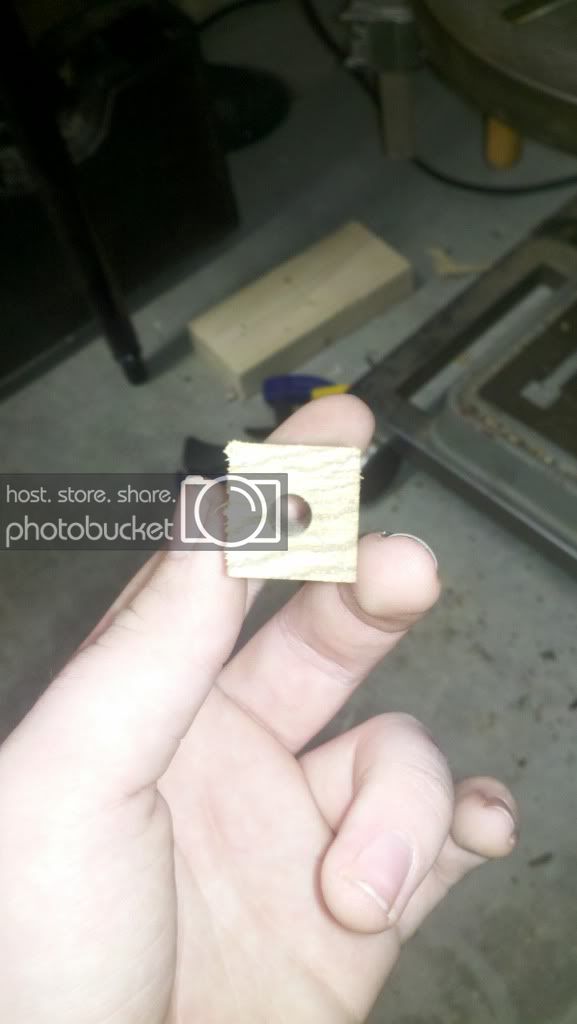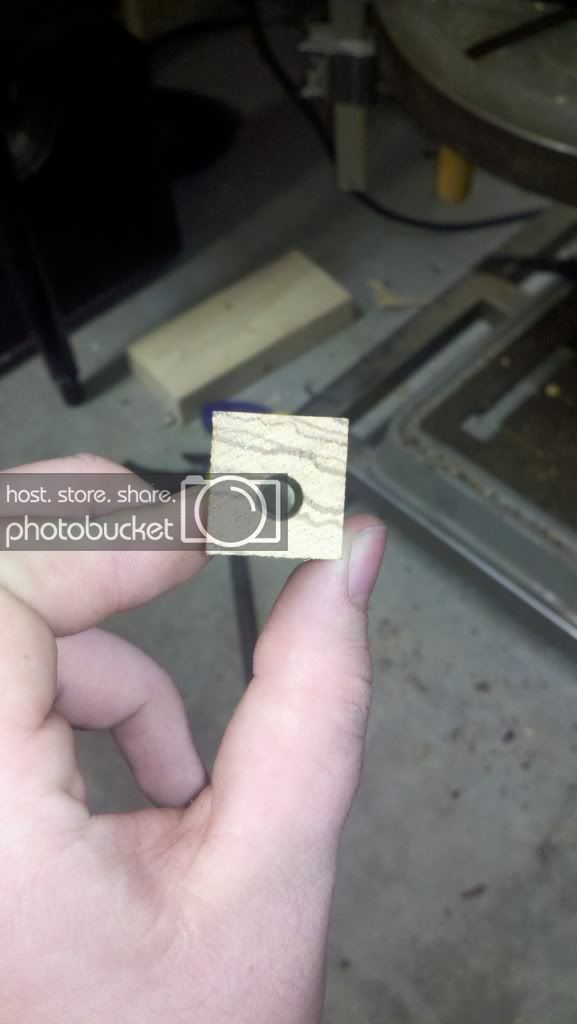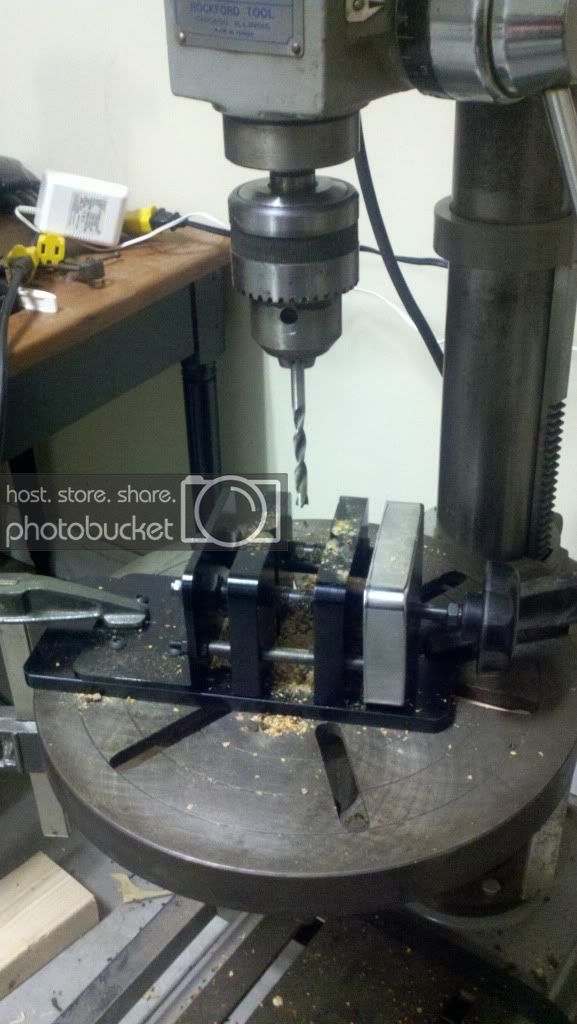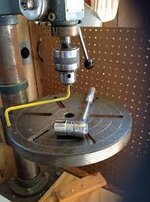Just a ragged theory that I have concerning the difference between DP and lathe drilling. Mind you this is just my theory.
I have tried using my DP and sometimes it drills straight and sometimes not.
Previously I also had a lot of problems with the lathe. I have shop-made adapters that fit on the chuck pin jaws. I finally spend a few hours and got the setup running true and can do a good job now, especially when doing Celtic knots.
Anyway, my theory is that the harder and softer grain is messing with the bit when I use the DP. I have read many articles that detail this in that the bit will track toward the softer grain. Some tight grain woods give me less trouble. When the wood is stationary in the DP and the bit is turning, that tendency to angle toward the softer sections is worse because the wood is not turning and the softer side is always pointed in the same direction.
However, when the wood is spinning, as in lathe drilling, the effect is less because the bit is trying to follow the softer side around and it sort of cancels the tendency to wander. I can tell when the bit is angling because the whole setup wobbles as I drill the hole.
Again, I'm not sure of all this and I may be completely wrong.
For my setup, several things must be correct. The blank must be nearly square, the bit must be sharp and I must keep the tailstock locking lever tight when starting the hole. Also, I often divit the end of the blank so the bit starts in the center better.
I drill 12.5mm holes in 5/8" blanks with little trouble now and the variance from end to end is often around .02" and .03". But then the fact that I have a .02" run-out on the headstock contributes to a lot of this.







